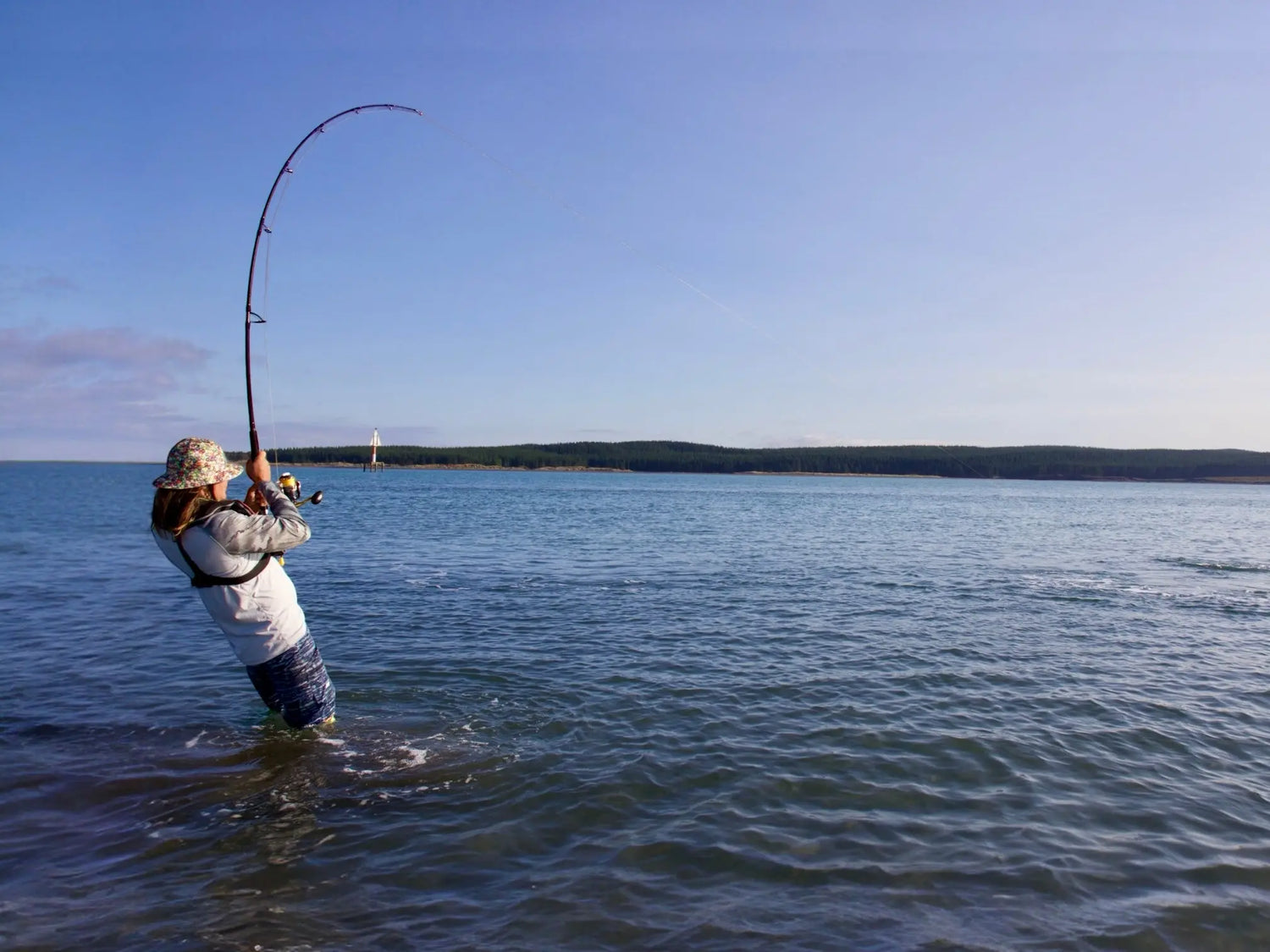Mastering Live Bait Fishing: How to Catch Kingfish and Tuna Using Wise Angler Hooks
Are you looking to improve your fishing technique and increase your chances of landing powerful species like kingfish and tuna? This guide will take you through the fundamentals of live bait fishing and explain how Wise Angler’s beak and circle hooks can help you fish smarter and more sustainably.
What is Live Bait Fishing?
Live bait fishing is a proven method that uses live fish, squid, or crustaceans to attract larger predatory species. It taps into the natural feeding instincts of fish and is widely considered one of the most effective ways to target species like kingfish, tuna, trevally, and snapper.
The key to success? Presenting your bait in the most natural, lifelike way possible.
Why Wise Angler Hooks Make the Difference
Wise Angler hooks are designed with precision and durability in mind. Made from high-carbon marine-grade steel and featuring super-sharp needlepoints, they’re built to perform under pressure.
All Wise Angler hooks are also packaged in 100% compostable, plastic-free materials, aligning with our mission to reduce plastic waste in recreational fishing.
Certified Sustainable:
-
ASTM D6400
-
EN 13432
-
OK Compost and DIN CERTCO compliant
These hooks are not only effective but environmentally responsible, offering performance without compromise.
Beak Hooks vs. Circle Hooks: Which One Should You Use?
Both styles have their strengths depending on your approach and fishing goals.
Beak Hooks
-
Excellent for rigging a wide range of live baits
-
Ideal for stronger fish due to their reinforced shank
-
Versatile choice for offshore, reef, or deep-sea fishing
Circle Hooks
-
Engineered for catch-and-release fishing
-
Higher hook-up ratios, usually catching fish in the corner of the mouth
-
Often required or preferred in conservation-focused fisheries
If you’re targeting larger fish or practicing ethical fishing, circle hooks are often the best option.
How to Master Live Bait Fishing in Five Steps
Step 1: Choose the Right Bait
Research your target species and match the bait to their natural prey. Kingfish often go for jack mackerel or kahawai, while tuna prefer squid and slimy mackerel. Lively bait increases strike rates.
Step 2: Rig the Bait Naturally
Use a rigging technique that allows the bait to swim freely. For beak hooks, nose-hook or shoulder-hook your bait. With circle hooks, avoid deep-hooking; let the design do the work during the strike.
Step 3: Target the Right Zones
Look for signs of active fish—bait balls, bird activity, current lines, or structure. Casting into the right area is just as important as the bait itself.
Step 4: Watch and Wait
Live bait fishing requires patience. Monitor your line and bait behavior for signs of movement. Be prepared to wait—many of the biggest fish are caught by anglers willing to stay ready.
Step 5: Set the Hook and Land the Fish
With beak hooks, set the hook with a firm strike. With circle hooks, resist jerking the rod; let the fish take the bait and swim. The hook will naturally catch in the corner of the mouth. Maintain steady pressure and control the fish during the fight.
Fish Smarter, Not Harder
By using Wise Angler’s beak or circle hooks, you’ll improve your hook-up rate, reduce harm to the fish, and support cleaner oceans with every cast.
Whether you’re chasing kingfish off the coast of New Zealand or tuna in Australian waters, live bait fishing done right makes the difference between a quiet trip and a trophy catch.
Explore our full range of sustainable hooks and tackle at
wiseangler.co.nz

